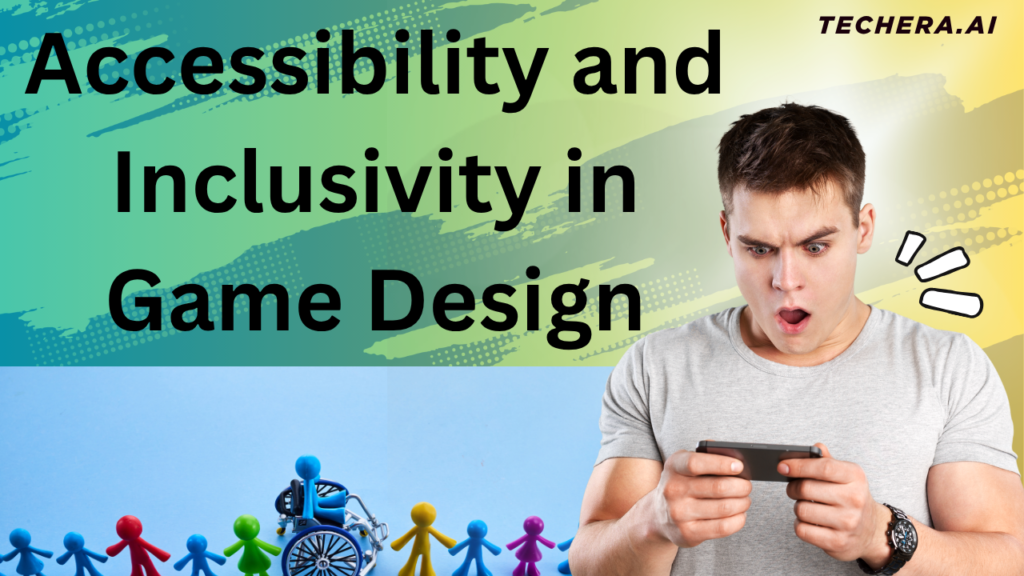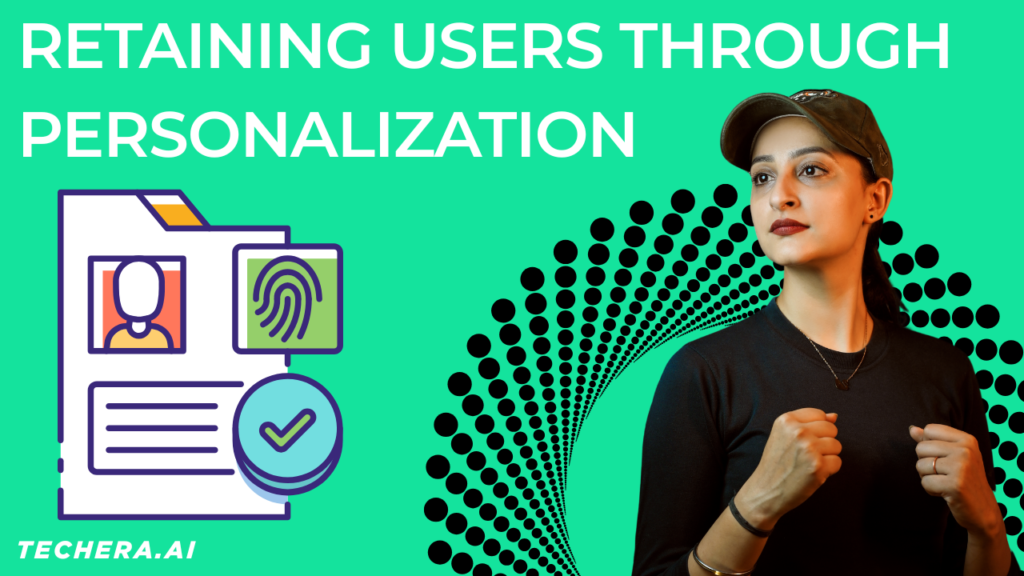
Mobile App Design for gaming apps thrives on intuitive user interfaces, engaging visuals, and smooth performance to keep players immersed and satisfied. This guide highlights best practices such as simple layouts, thumb-friendly controls, genre-consistent art, customizable buttons, and swift loading times to help developers optimize user experiences and maximize player retention in any gaming app project. Focus keyword: Mobile App Design.
Introduction
Gaming is one of the fastest-growing industries in the digital world. With billions of active players globally, gaming apps dominate app stores across every genre—from puzzles to RPGs to eSports titles. But beyond powerful graphics and compelling storylines, the true secret to a successful gaming app lies in its Mobile App Design. A well-designed game not only looks good but feels good to play. Let’s dive into the best practices for mobile app design that ensure gaming apps capture players’ attention and keep them coming back for more.
Understanding Mobile Gaming App Design
Designing a gaming app is not like building a standard utility or social media app. Games are all about interaction, immersion, and engagement. Players expect an intuitive experience that pulls them into the virtual world without confusion or frustration. Every visual element, animation, and button plays a role in enhancing the overall experience.
A great gaming Mobile App Design blends storytelling, mechanics, and aesthetics into one cohesive journey—making the user forget they’re even holding a device.
User Interface (UI) and User Experience (UX) in Gaming Apps
The UI and UX are the backbone of any successful game. A poorly designed interface can ruin even the most innovative gameplay.
- Keep the menu layout simple and intuitive.
- Use clear icons and limited text to guide players.
- Ensure smooth transitions between screens and game modes.
Good UX ensures players focus on winning the game, not figuring out the controls.
Optimizing for Different Devices and Screens
Mobile gaming apps must perform beautifully across multiple devices and screen sizes.
- Use responsive design principles to adapt visuals automatically.
- Consider both portrait and landscape orientations, depending on the game type.
- Adjust button placement for comfortable thumb reach.
Whether on a compact smartphone or a large tablet, the game should feel equally smooth and immersive.
Visual Aesthetics and Art Direction
Visuals create the first impression—and in gaming, that’s everything.
- Pick a consistent color palette that aligns with the game’s tone (vibrant for casual games, darker tones for action games).
- Maintain art style consistency—don’t mix cartoonish elements with realistic visuals unless it serves a purpose.
- Pay attention to animation smoothness and character Mobile App Design
Visual design is storytelling in motion—it sets the mood and keeps players emotionally invested.
Performance and Speed Optimization
Even the most beautiful game will fail if it lags or crashes. Performance optimization is non-negotiable.
- Compress graphics and audio files without losing quality.
- Reduce loading screens with progress indicators or mini animations.
- Use efficient memory management to prevent overheating or battery drain.
Remember, players value speed and stability over unnecessary visual excess.
Accessibility and Inclusivity in Game Design

Accessibility broadens your audience and enhances inclusivity.
- Offer adjustable control sensitivity, color-blind modes, and text scaling.
- Include subtitles, captions, and audio cues.
- Support one-hand play modes for convenience.
By designing for everyone, you ensure your game is truly universal.
Intuitive Controls and Interactions
Controls make or break the user experience. Poorly placed buttons or clunky gestures frustrate players.
- Keep controls ergonomic and responsive.
- Avoid overloading the screen with too many buttons.
- Implement gesture-based interactions where possible.
Good controls feel invisible—players shouldn’t think about them; they should just play.
Also read Key Considerations for Mobile App Design for Healthcare Apps
Engaging Onboarding Experience
First impressions matter. A complicated or dull tutorial can lead to immediate app uninstalls.
- Replace long instructions with interactive tutorials.
- Allow users to learn by doing, not reading.
- Reward players for completing early challenges.
Onboarding should feel like the beginning of an adventure, not a classroom lesson.
Gamification Beyond Gameplay
Gamification isn’t just about winning—it’s about keeping players motivated.
- Add daily challenges or streak systems.
- Introduce leaderboards to encourage friendly competition.
- Reward achievements with in-game items or badges.
These elements trigger dopamine responses that make users return daily.
Sound Design and Feedback Cues
Sound plays a powerful role in emotional engagement.
- Use immersive sound effects for actions like shooting or jumping.
- Choose music that matches gameplay intensity.
- Offer players the ability to control volume or mute audio.
Good sound enhances gameplay; great sound makes it unforgettable.
Monetization-Friendly Design
Monetization should blend seamlessly into the game, not interrupt it.
- Use rewarded ads where players earn coins or power-ups.
- Make in-app purchases optional yet tempting.
- Avoid pop-up ads that disrupt immersion.
The key is balance—monetize smartly without frustrating players.
Retaining Users Through Personalization

Personalization turns casual players into loyal fans.
- Allow users to customize avatars, controls, and skins.
- Use AI-driven recommendations for levels or items.
- Save progress across devices via cloud sync.
When players feel ownership of their experience, retention skyrockets.
Testing and Iteration
No game is perfect at launch. Constant testing ensures ongoing improvement.
- Conduct beta testing with real players.
- Use analytics to monitor behavior and drop-off points.
- Continuously refine UI, difficulty levels, and features based on feedback.
Iterative Mobile App Design keeps your game fresh and evolving.
Conclusion
Designing a gaming app is a blend of creativity, technology, and psychology. From responsive controls to immersive visuals and smooth performance, every design choice impacts the player’s journey. The best gaming apps create a flow—a state where players lose track of time and stay fully immersed. By applying these best practices, you can craft a mobile gaming experience that’s engaging, accessible, and truly unforgettable.
FAQs
1. Why is UI/UX important for mobile gaming apps?
Because intuitive design ensures players focus on gameplay rather than struggling with navigation or controls.
2. How can I make my gaming app more engaging?
Use gamification techniques like achievements, daily challenges, and social competition.
3. What’s the best way to handle in-app purchases?
Make them optional and rewarding—never force players to spend to progress.
4. How can I optimize my game for performance?
Compress assets, minimize background processes, and regularly test on multiple devices.
5. Should gaming apps include accessibility features?
Absolutely! Accessibility widens your audience and makes your game inclusive to all players.

